When you think of growing a garden, you would most probably be picturing tropical plants and blooming vines. But never underestimate the beauty of a strong, sturdy succulent. You don't need to be a plant connoisseur to grow succulents (and the green thumb will mostly grow on you!) and they come in a variety of colours to beautify your space.
Tips to Make Your Succulent Garden Thrive
Sufficient Sunlight | Keep Away from Extreme Temperatures | Watering | Right Potting Mix | Avoid Backfilling After Planting Succulents | Indoors or Outdoors? | Succulents Do Not Like Overcrowding | To Prune or Not to Prune | Planter Recommendations
Provide Sufficient Sunlight

Succulents love their sunlight! Think of it like their caffeine. Without enough sunlight, they can start to look a little sad and leggy. They need at least 6 hours of direct sunlight per day, and more is even better. If you don't have a spot in your house that gets that much sunlight, you can always supplement them with grow lights. Also, keep in mind that different succulents have different sun tolerance. Some can handle full sun all day, while others might need a little more shade. So, it's a good idea to research the specific succulents you have or plan to have to ensure they're getting the right amount of sunlight.
(back to top)
Keep Them Away from Extreme Temperatures
Succulents are pretty tough plants, but they can't handle extreme temperatures. When temperatures drop below freezing, it can be a real problem for them. They'll start to get soft and mushy, and that's not good. So, if you live in an area with cold winters, it's a good idea to bring your succulents indoors or give them some protection.
Also, on the flip side, they don't like extreme heat either. So if you live in a place where temperatures soar in summer, it's a good idea to keep them in a spot where they'll be protected from direct sunlight during the hottest parts of the day.
(back to top)
Water is Important, But Not Every Day

Succulents are adapted to store water in their leaves, so they can go a pretty long time without a drink. In fact, if you give them too much water, it can actually be bad for them. They like well-draining soil, and if the soil is too wet for too long, their roots can start to rot.
So, the key to watering succulents is to be patient. Wait until the soil is completely dry before giving them a drink. And when you do water, make sure to give them enough so that the soil is completely saturated, but then let the excess water drain away. Think of water as an occasional treat for your succulents, not something they need all the time. They'll be happy as long as they get a good drink every now and then.
(back to top)
Use the Right Potting Mix
When it comes to potting soil for succulents, you want to make sure you're using something that drains really well. Succulents don't like sitting in wet soil, so it's important to use a mix that allows excess water to escape quickly. A good option is a cactus or succulent potting mix. These mixes are formulated with ingredients like coarse sand, perlite, and/or vermiculite that help with drainage. You can also make your own mix by mixing regular potting soil with perlite, small gravel, or crushed granite. Alternatively, you can also add some coarse grit or even small pebbles to the bottom of the planter to aid drainage. Another option is to use a "lean" soil mix (one with less organic matter) so that the soil drains well and doesn't stay wet for long. It also allows the roots to breathe better.
(back to top)
Avoid Backfilling After Planting Succulents
Backfilling means adding more soil on top of the root ball after planting, and it is far from beneficial to these plants. Backfilling can bury the base of the succulent, which can lead to rot. The base of the plant needs to be above the soil line to allow proper airflow and prevent rotting. Succulents are also not a fan of having organic matter like mulch near their roots, since such materials tend to retain moisture. Instead, you can choose to use non-organic mulch like granite or decorative stones which will help cool the soil and keep it dry.
(back to top)
Indoors or Outdoors? Let the Succulents Choose

You could grow succulents inside your homes, or outside and it all depends on the type of succulents you have. Some succulents fare much better while kept outdoors, whereas there are varieties that cannot handle the extreme weather outside. Growing succulents indoors also allows you to control the environment and make sure they have the right amount of light, water, and temperature. Just make sure you place them near a brightly lit window that receives at least 4 hours of sunlight in a day. You can also use different containers, pots, or planters to match your decor.
(back to top)
Succulents Do Not Like Overcrowding
You might have noticed glass bowls, decorative planters and pots crammed with succulents to make the arrangement look full. While this may be for questionable aesthetics, the plants are not enjoying competing for water and nutrients while being suffocated. Succulents need room to grow. Therefore, adding a planter that allows ample space for their roots to spread out and for their leaves and stems to expand is essential. Crowding them together can limit their growth and make them more susceptible to disease and pests. They also need good air circulation with plenty of light to stay healthy. Crowding them together can trap moisture and create an environment where mold and mildew can thrive.
(back to top)
To Prune or Not to Prune

When it comes to succulents, pruning can be beneficial, but it's not necessarily a requirement. It really depends on the type of succulent you have and what you're looking to achieve. Pruning can help to shape and control the size of your succulent. It can also remove any dead or damaged leaves or stems which can help to keep your succulent looking healthy and promote new growth. In addition, it's a good way to propagate your succulent by taking the cuttings and starting new plants. To prevent the cuttings from absorbing too much moisture, do remember to allow the wounds to dry out for several days before planting.
On the other hand, if your succulent is small or slow-growing, pruning may not be as necessary and some succulents like the rosette-forming ones, tend to look better when they're allowed to grow naturally.
Well, there you have it folks, all the tips you need to start your very own succulent garden! Just remember, succulents are like people, they need the right amount of love, care, and attention, but not too much, or they'll get suffocated. They also don't like to be crowded, so don't try to fit too many of them in one planter, unless you're trying to create a succulent mosh pit. And finally, just have fun with it, succulent gardening is a great way to add some strong, healthy green to your life.
For those with a passion for succulents, we would highly recommend exploring an informative article dedicated to jade succulents. It's an insightful read that succulent enthusiasts are sure to find captivating.
(back to top)
Recommendation for your Succulent Plant
Discover more planters for your Succulent Plant


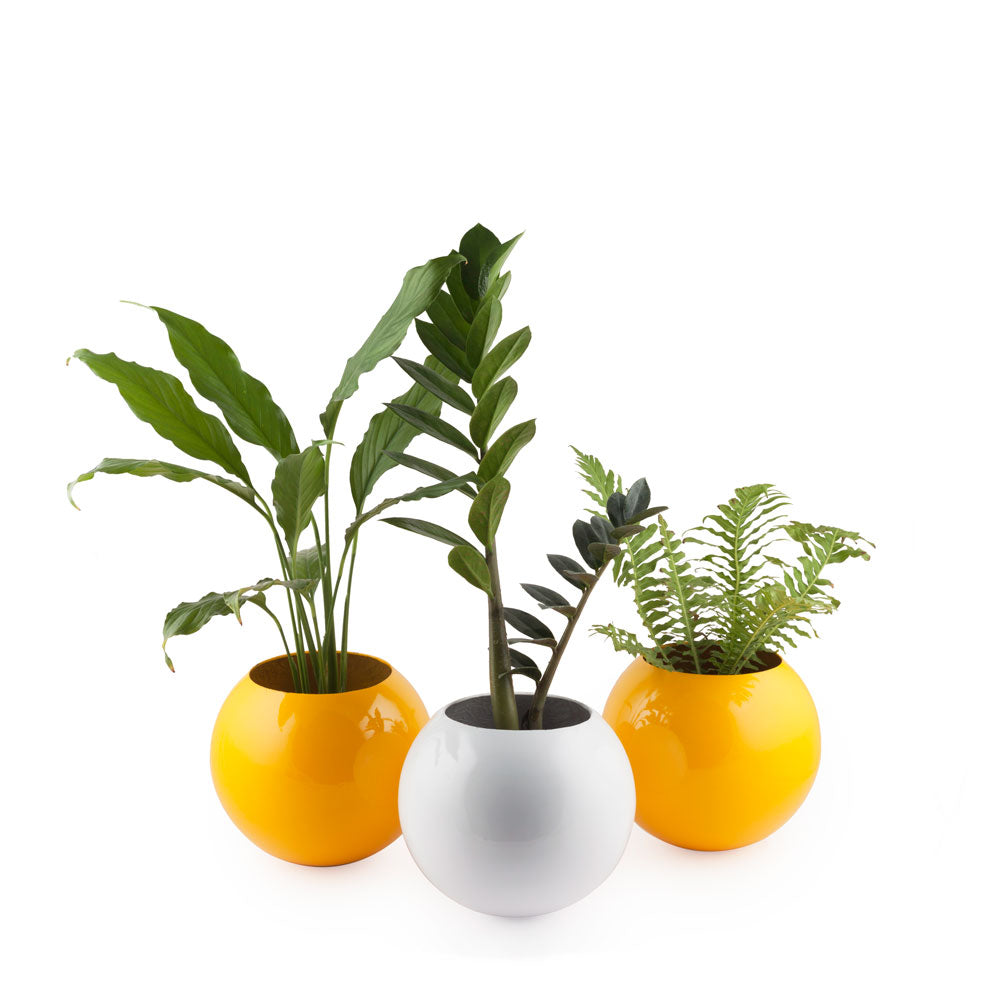
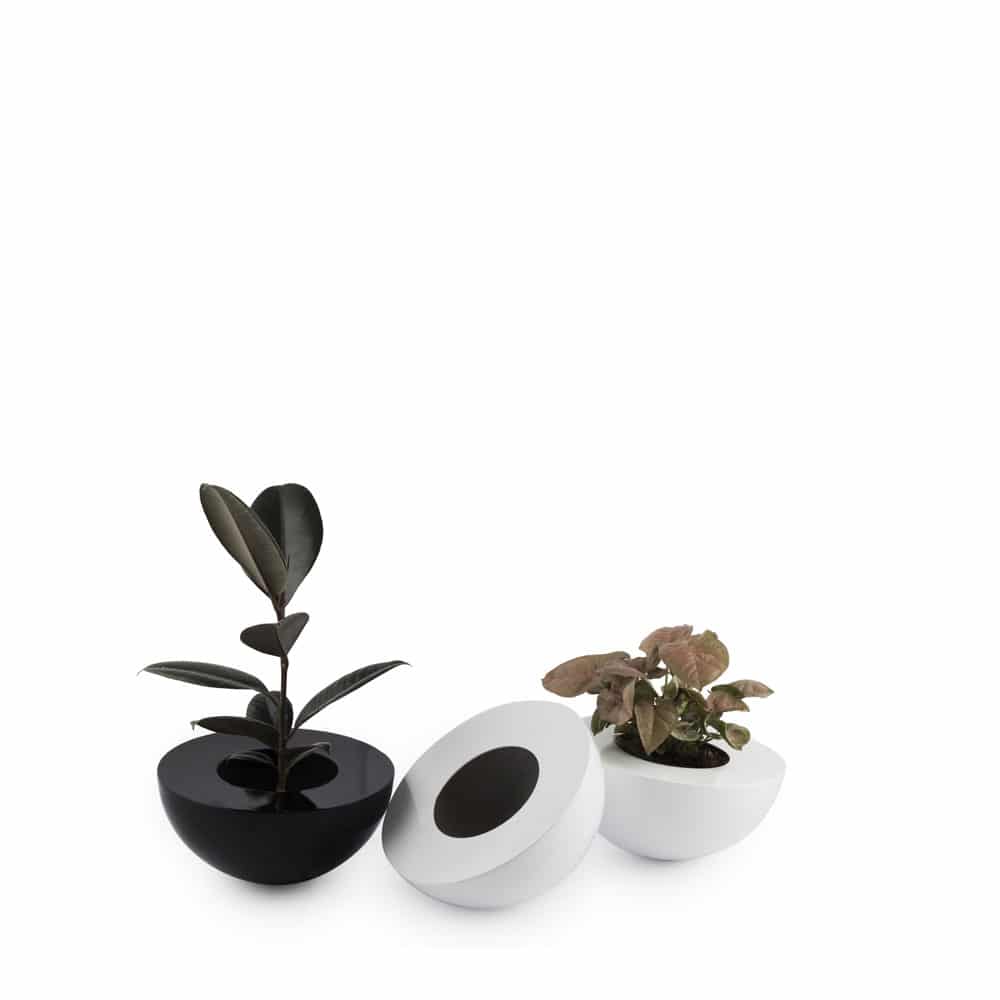
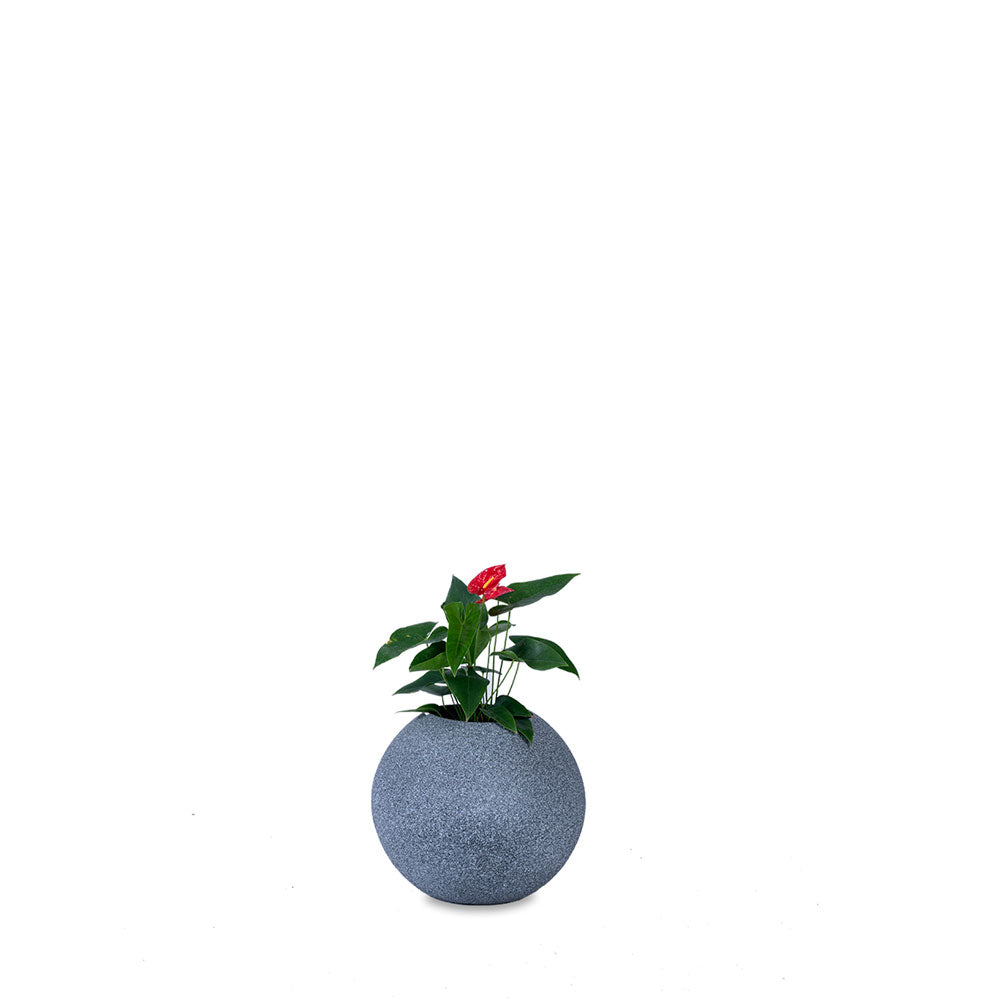
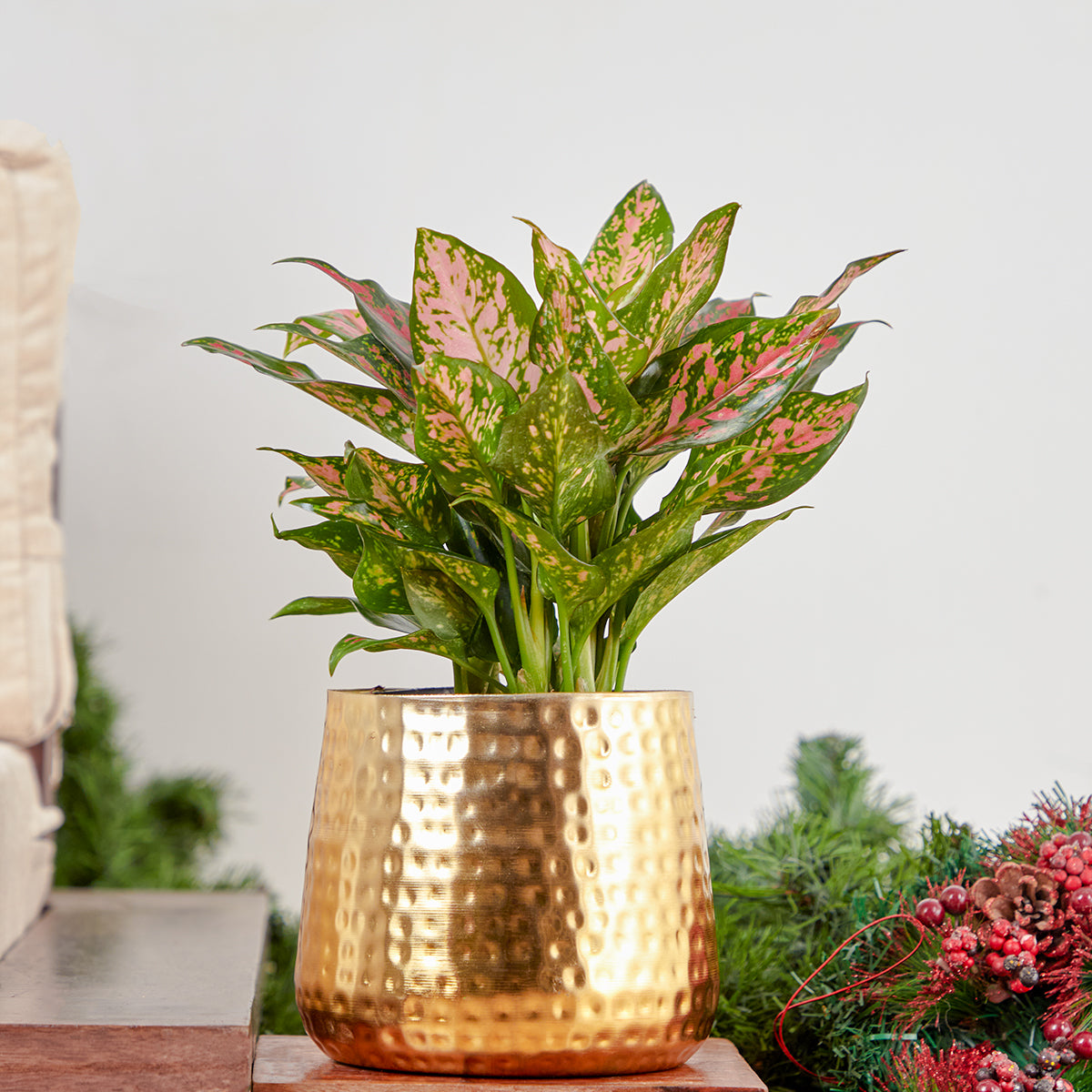
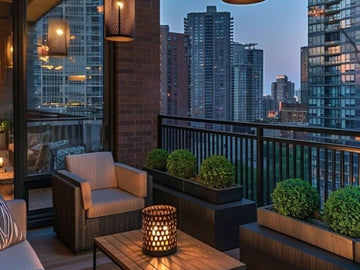
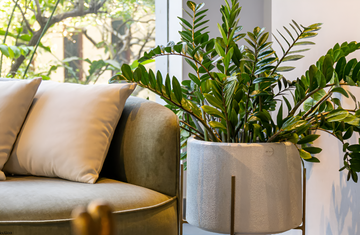

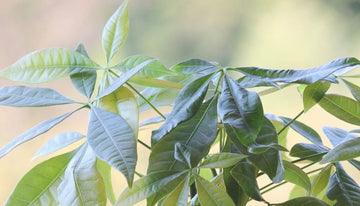
 At Palasa, we believe in the seamless fusion of nature, design and humanity.
At Palasa, we believe in the seamless fusion of nature, design and humanity.